|
Tourist Information...
What to see...
No. 1 Royal Crescent
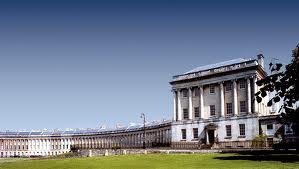
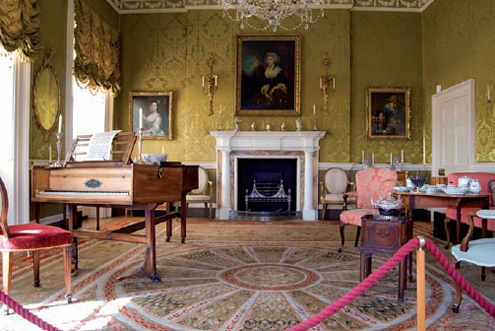
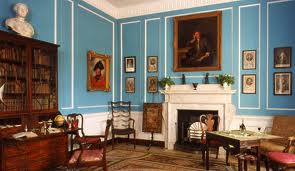
Look inside a Georgian house on the Crescent. The Bath Preservation
Trust have faithfully restored Number 1 using only the materials
that were available in the 18th century. This gives all visitors a
real sense of 18th century Crescent life.
The foundation stone of Number 1 Royal Crescent was laid in 1767 and
the house first leased to Thomas Brock in 1769. Among subsequent
distinguished occupants were the Duke of York, second son of George
III. Unfortunately by 1968 'Number 1' had fallen into disrepair and
was a lodging house. Major Bernard Cayzer, a member of the shipping
family, acquired the house and gave it to The Bath Preservation
Trust, who in turn funded its restoration and run the museum today.
For more information click here
Roman Baths
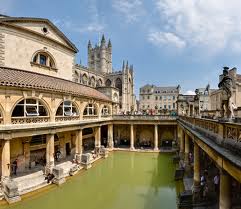
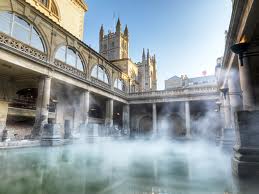
No visit to Bath would be complete without a visit to the Roman
Baths. Click below to visit their site, find about the what you can
see, opening times and admission costs. www.romanbaths.co.uk
Bath Abbey
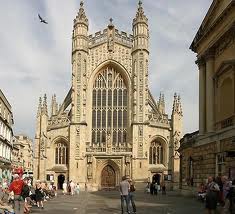
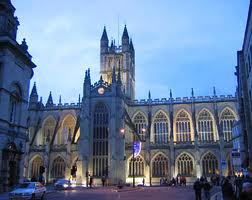
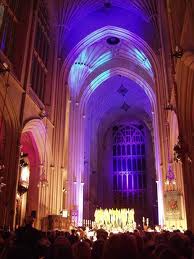
The abbey is next to the Pump Rooms and Roman Baths. It was built in
1499 as the last Tudor church in Britain before the Reformation.
There has been a church on the site for over a thousand years, and
England's first King was crowned here.
Beckford Tower and Museum
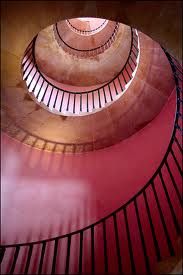
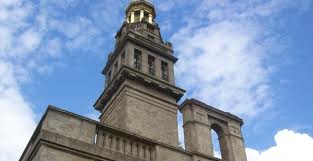
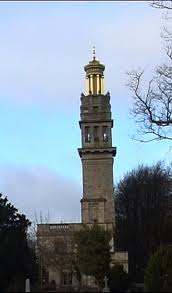
The 120 foot neo-classical Tower was built ontop of Landsdown for
wealthy eccentric William Beckford in 1827. Today it contains a
museum collection on the first floor illustrating his life &
interests. Visitors can ascend the newly restored Tower for
panoramic views over Bath & countryside. For
more information click here
Building of Bath Museum
Using models, maps, paintings and reconstructions the museum looks
in detail at the various crafts and personalities that built Bath.
The exhibition leads you through how a Georgian house was
constructed from the ashlar stone to the decorative plasterwork. You
can see how a Georgian sash window was constructed or try on a
pannier, a wicker backpack used by boys to carry stone to where it
was needed on the building site. For
more information click here
Holburne Museum of Art
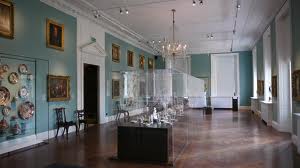
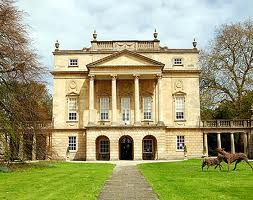
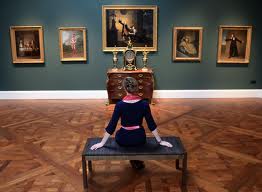
It was once the Georgian Sydney Hotel. From
her house opposite Jane Austen watched the comings and goings of its
glittering society. It displays the treasures of English and
continental silver, porcelain, maiolica, glass and Renaissance
bronzes collected by Sir William Holburn. The Picture Gallery
contains works by Turner, Guardi, Stubbs and others plus portraits
of Bath society by Thomas Gainsborough.
William Herschel Museum
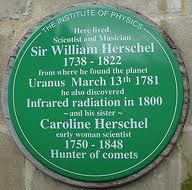
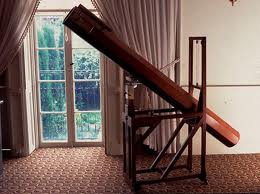
The museum is dedicated to the many distinguished achievements of
the Herschels. In 1781, using a telescope of his own design, William
Herschel discovered the planet Uranus and his observations helped to
double the known size of the solar system. For
more information click here.
Jane Austen Centre
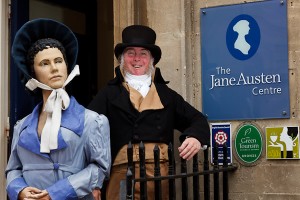
The Jane Austen Centre is a new permanent
exhibition which tells the story of Jane's Bath experience - the
effect that living here had on her and her writing.
For more information click here
The Museum of Costume
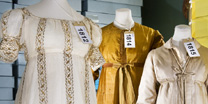
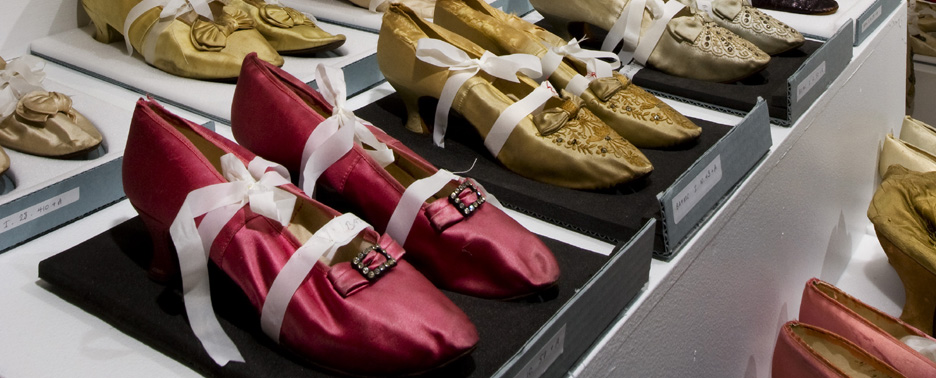
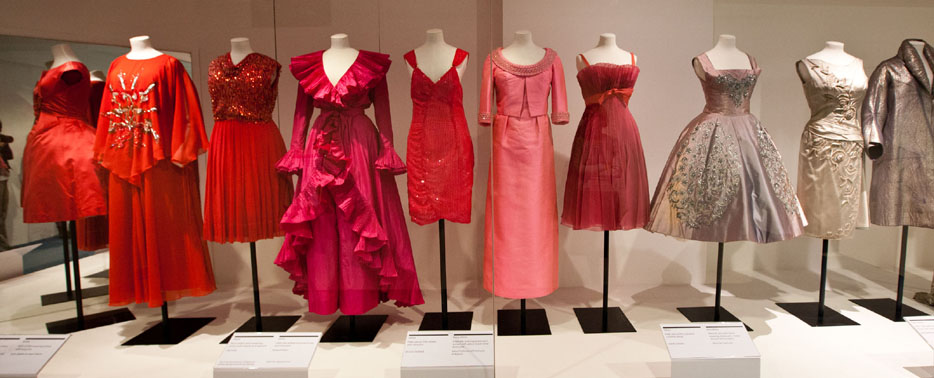
The collection is housed at the Assembly Rooms and focuses on
fashionable dress for men, women and children from the late 16th century
to the present day. The Museum of Costume was opened in the Bath
Assembly Rooms in 1963. Click
here for more information
Bath at Work
Museum
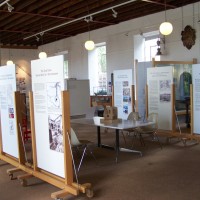
The museum is housed in a grade 2 listed
building near to The Royal Cresent and started
25 years ago with a reconstruction of the shop, offices, workshops
of a Victorian engineering business that later added an aerated water manufactory.
Much of the original equipment survives, and some can be seen
working. Click
here for more information.
Museum of
Eastern Art

Since opening to the public in April 1993, the Museum has become one
of the most extensive collections of East Asian art outside London.
With a almost 2,000 objects, ranging in date from c.5000 BC to the
present day, it offers an insight into the art and cultures of
China, Japan, Korea and Southeast Asia. It also has one of the most
comprehensive jade collections in the UK and some of the finest
bamboo carvings in Europe. Click
here for more information
Tours
The Mayor's Corps of Honorary Guides was founded in 1930 by Thomas
Sturge Cotterell to provide free walking tours of Bath. Each guide
gives his or her time voluntarily to describe the City to residents
and visitors. All accredited guides wear the distinctive Mayor's
Guide badge and work in partnership with the Local Authority. Tours
depart every day, except Christmas Day and usually last about two
hours, but there is no obligation to stay for the whole tour. They
cover a distance of about one and a half miles, beginning in the
Medieval City and then viewing the famous Eighteenth Century City
before returning to the start. No pre-booking is necessary for
individuals or families.
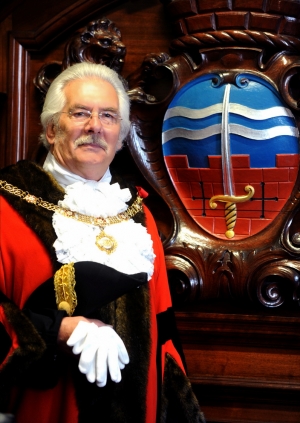
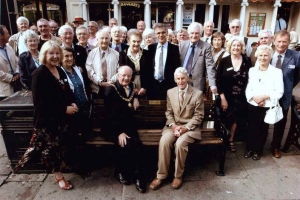
The tour starts from outside the Pump Room in the Abbey Churchyard.
Look for the "FREE WALKING TOURS HERE" board.
Tours leave at the following times throughout the year:
Sunday - Friday, 10.30am and 2pm
Saturday, 10.30am only
During the summer (May-September) additional tours leave at 7pm
on Tuesday, Friday and Saturday evenings
Click here to read more about the Mayor Corps and Royal Charters
Click here for more details on tours of the city whether walking on
a bus or on water.
|